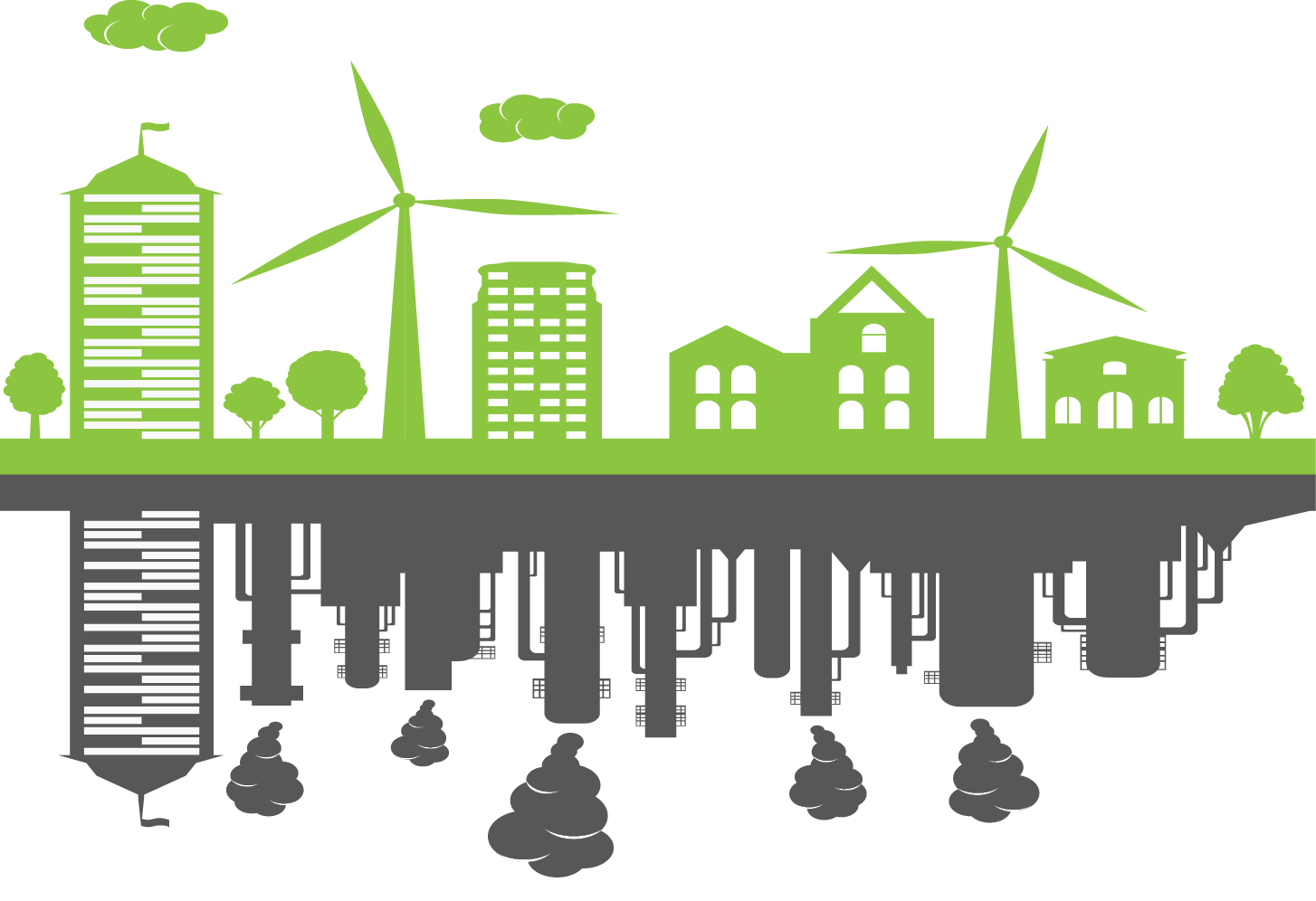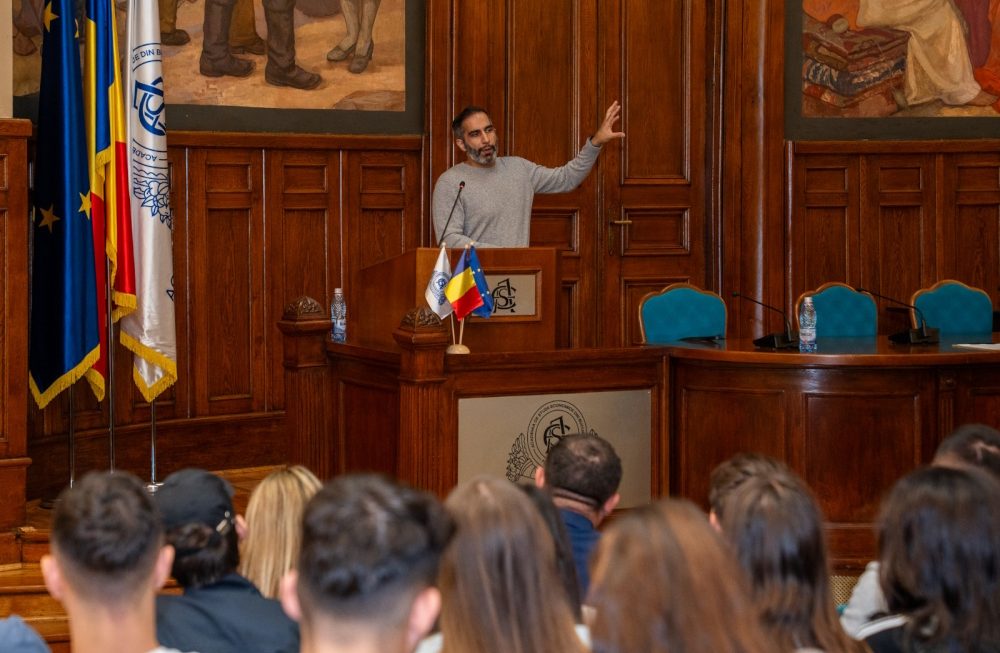
Are we exiting from the exit?
Foto: SergeyTikhomirov / depositphotos.com
So, it happens. Under the specter of Russia’s war on Ukraine, Europe is starting to think the hitherto unthinkable and break away from oil and gas imports that were and still are financing the Russian war machine. In late March, US-President Joe Biden and European Commission President Ursula von der Leyen announced a joint Task Force to deal with reducing Europe’s dependence on Russian fossil fuels and strengthen European energy security. The US will work with international partners and strive to ensure additional liquefied natural gas (LNG) volumes for the EU market of at least 15 billion cubic meter in 2022, the White House announced.
This sounds good on paper, but some questions remain. According to an analysis by Reuters, while the US produces enough natural gas, all seven of its LNG export plants are currently operating and liquefying at capacity. Supplying Europe is therefore possible, but it would largely involve rerouting existing shipments. Another problem is that, as Reuters puts it, Europe’s LNG terminals have limited available capacity to absorb extra supply from the United States or other major producers in the event gas supplies from Russia are disrupted.
And then, of course, there is the environment and climate change angle to be considered. For a long time, Europe was at the forefront of climate action, insisting on ambitious targets for lowering greenhouse gas emissions and establishing programs like the Green Deal (aimed at obtaining carbon neutrality by 2050) or Fit for 55 (with a target of 55% less emissions compared to 1990s levels by 2030). Targets were set for clean energy production and other sectors, the EU’s emissions trading system is supposed to be reformed, funds were allocated to reconvert the industries in coal regions across Europe. The exit from carbon was more or less set in stone – and abundantly financed. The Sustainable Europe Investment Plan, the investment pillar of the Green Deal alone will mobilize at least 1 trillion euros in sustainable investments. Part of the plan, the Just Transition Mechanism, will be targeted to a fair and just green transition with at least €100 billion in investments over the period 2021-2027 to support workers and citizens of the regions most impacted by the transition.
But then Russia attacked Ukraine and added new problems on top of an existing energy crisis. Almost overnight energy autonomy – meaning independence from Russian fossil fuel imports – became the new buzzword in business and politics. With commendable speed, the Brussels adopted RePowerEU, a plan to tackle the new challenges. Among more conventional approaches, it contains bold measures to push clean technologies like hydrogen.
But in some places in Europe, energy sources previously considered to be dirty took center stage again. For instance, Belgium decided to postpone by ten years its nuclear phase-out planned for 2025, because there are concerns about soaring energy prices due to the Russian invasion of Ukraine. “The federal government has decided to take the necessary
measures to extend the life of the two most recent nuclear reactors by ten years,” Prime Minister Alexandre De Croo wrote on Twitter. “This extension will strengthen our country’s independence from fossil fuels in a turbulent geopolitical context,” he added.
In Germany, while there have also been discussions about postponing the closing of remaining nuclear reactors, the way forward was to reactivate old coal power plants to ensure electricity supply security. Phasing out nuclear while also ditching coal power seems more difficult if there are simultaneous gas supply problems. Coal will again play a crucial role according to Olaf Lies, the energy minister of Lower Saxony. “That we choose this phrase once again is certainly not entirely self-evident given the plan to phase out coal by 2030,” he said during a press conference at the beginning of March. “If we want to be more independent, we will have to operate with coal,” Lies said, quoted by Euractiv. In Germany, just like in Belgium, it is the Greens who have to be flexible.
In Romania, a country much less dependent on Russian energy imports, things are in motion as well. Environment Minister Tanczos Barna announced that Romania would also have to restart coal-fired power plants on a temporary basis as a “measure of force majeure”. This solution is aimed at achieving independence as soon as possible, the minister said. And in a more recent concrete measure, Parliament passed a law allowing the completion of hydro power plants in protected natural areas. Those plants started being built before Romania joined the EU in 2007, but were then abandoned, when the country pledged to observe environment standards imposed by Brussels. Now, arguments concerning the country’s energy shortage in times of crisis prevailed over any reasons in favor of protecting the environment. Senator Daniel Zamfir from the Liberal Party literally claimed during a meeting of his parliamentary committee that electricity is more important than some little birdy moving its nest one kilometer away.
The Social-Democrats, another big party of the ruling coalition in Bucharest, have similar things to say – when hydropower plants started being built all across Romania in the 2000s, the protected natural areas were not mapped out at the time and there were no restrictions from the European Commission. Hundreds of millions of Euros were invested, while later, some smart guys thought to draw the map of protected areas in Romania from their office. We are losing hundreds of millions of Euros, considering we face energy shortages today and we need to boost our purchasing power, said Alfred Simonis, head of their parliamentary group in the lower chamber.
Not everybody likes these plans. The opposition party USR opposed the bill on the grounds that once the projects are completed, benefits would be minor, whereas the environment will be seriously affected. It’s an illusory gain, accounting for merely 0.4% of the country’s total energy production, but it will irreversibly destroy a large part of our country’s protected areas, USR-representative Stelian Ion said. According to experts, some of the main projects under this new law – provided it will be approved by President Klaus Iohannis – are the hydro power plants of Bumbești (41 MW) and Dumitra (21 MW) on the river Jiu, and of Răstolița (35MW) in the Călimani mountains on one of the tributaries of river Mureș. The total production capacity of Romania is about 18,540 MW.
Environmental organizations criticize the Romanian government for the lack of more bold vision and policies. The leadership is closing its eyes to environmental problems, but is also unwilling to turn its attention to other possibilities the country has, such as offshore renewables. Instead of investing in renewables, in storage sources, in the modernisation and expansion of the energy transmission network to cope with the entry of new renewable energy sources, the state has preferred to artificially keep coal alive through various state aids. In this emergency situation, the fact that authorities returned to coal was a predictable reaction, Bankwatch Romania told TheBizz. The organization closely observing the process of phasing out the coal industry in the Jiu Valley and other regions added that it is crucial for energy production units planned to be restarted to respect the emission limits imposed by the European Commission. The most likely scenario, if Romania misses its targets, is that it will not receive the next tranches of the amounts planned to be offered to support their achievement. We don’t want this to happen as most of the important projects, both from an energy and social point of view, are financially supported by these funds, the organization warned.
Given the age and condition of Romania’s thermal power plants, keeping them alive for a longer period of time would have no real justification other than switching directly from coal to renewables. According to Bankwatch, there is a good chance that decarbonisation targets will be capped and there is also a possibility of capping ETS certificate prices. One thing we don’t want to happen, and we hope it doesn’t, is for polluting technologies to become acceptable again, Bankwatch says.
A spokesperson for the DG Environment confirmed for TheBizz that while the situation has changed and for some Member States their energy transition path will be different to the one they had anticipated, the EU is still bound by the Climate Law to reduce emissions by at least 55% by 2030, and to become climate neutral by 2050.
Still, renewable sources have not dropped out of sight altogether. Romania launches a call for projects under the framework of the Recovery and Resilience plan, totalling 460 million euros for around 950 megawatts of renewable power. Priority will be given to companies with a minimum of 50% self-consumption; basically the economy, agriculture, food industry will benefit from this aid, if they access this 450 million euros and can demonstrate that they can efficiently use their roofs, or available land to be able to install photovoltaic parks or wind farms there and consume at least 50% of the energy produced, energy minister Virgil Popescu mentioned.
In turn, the policy of higher taxing windfall profits due to electricity price hikes is controversial with the renewables industry – future investments are at stake, industry representatives protested.
Alex Gröblacher
Share
Share















